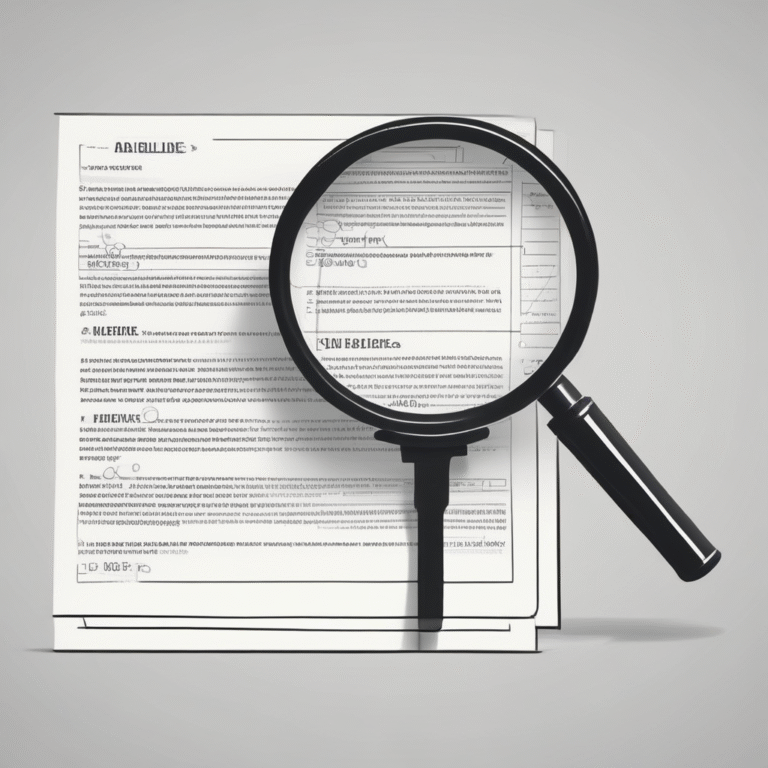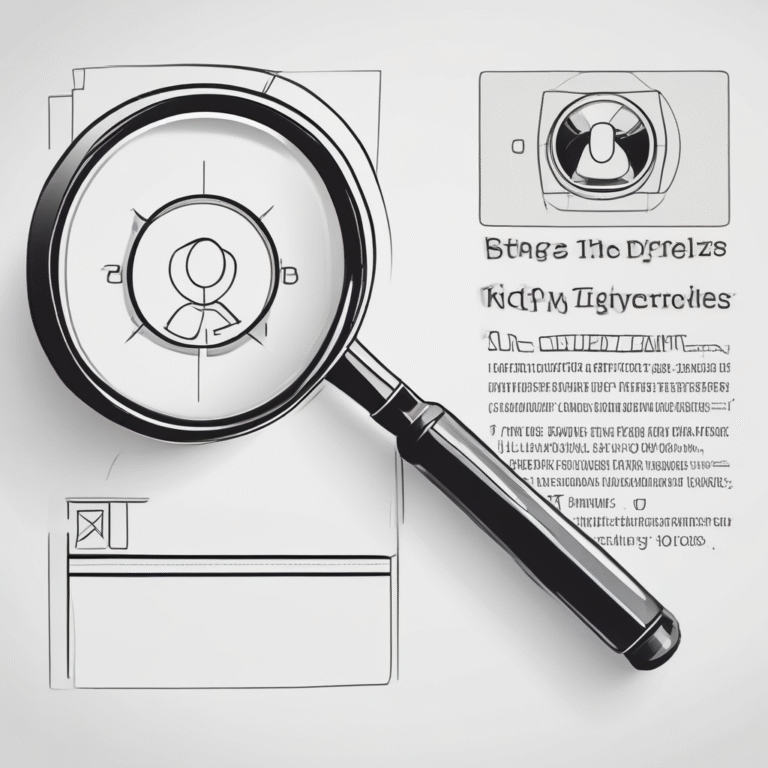Trump’s Uncertain AI Doctrine
The ongoing evolution of artificial intelligence (AI) is reshaping the landscape of technology and governance in the United States. A pivotal moment emerged during the recent Paris summit on AI, where Vice President JD Vance asserted that the United States would adopt a unique approach towards AI, diverging from the European Union’s stringent safety regulations that have been criticized for stifling innovation. This statement raised crucial questions about how the U.S. can foster rapid innovation while ensuring safety.
The Acceleration of AI Technology
AI technology is progressing at an unprecedented pace. In just a few short years, advancements have led to systems that now outperform humans in complex subjects like physics, biology, and chemistry. This rapid development is further fueled by the U.S.-China competition to establish dominance in machine intelligence. As AI becomes increasingly integral to modern life and global power dynamics, it also introduces substantial risks that have divided the technology community.
Surveys indicate that over two-thirds of Americans support responsible AI development, reflecting widespread concern about the potential dangers associated with this transformative technology.
Balancing Innovation and Safety
Former President Donald Trump has the potential to navigate a balanced approach to AI governance. His administration’s emphasis on deregulation and innovation must be carefully weighed against the need for oversight and risk mitigation. The House AI Task Force report advocates for innovation with built-in guardrails, suggesting that maintaining public trust in AI is essential.
Trust in AI technologies demands robust safeguards. Surveys show that many Americans favor integrating civil rights laws to combat discrimination within AI systems, which aligns with Congress’s proposals to regulate AI through existing legal frameworks.
Executive Actions on AI
The current landscape of U.S. AI governance is characterized by executive orders rather than comprehensive federal legislation. Notably, the Biden administration’s AI safety order in 2023 built upon earlier initiatives aimed at maintaining American leadership in AI and promoting trustworthy AI. Although Trump has recently rescinded these safety measures, the likelihood of reinstating critical elements remains high.
Key Takeaways from the House AI Task Force Report
The House AI Task Force has recommended leveraging existing laws to create sector-specific regulations for AI. This strategy empowers federal agencies with specialized knowledge to oversee AI’s integration across various industries while determining when new legislation may be necessary. The task force emphasizes the importance of protecting against AI risks through both technical and policy solutions.
Challenges in Regulating Large Language Models
Despite the report’s comprehensive approach, it falls short of addressing the unique challenges posed by large language models (LLMs) like ChatGPT. These models, which generate text based on extensive training datasets, often produce misleading information, known as hallucinations. The potential consequences of these inaccuracies are particularly alarming in high-stakes sectors such as healthcare and finance, where incorrect outputs could lead to severe repercussions.
The Pressure to Innovate
The urgency to innovate is heightened by the competitive landscape, especially with China’s rapid advancements in AI. The recent emergence of Chinese AI models that rival U.S. capabilities has intensified discussions about maintaining a competitive edge without compromising safety. Deregulation efforts appear to focus on removing perceived biases rather than addressing fundamental safety standards.
Global Context and Diverging Governance Models
Globally, the EU is developing a centralized, rights-focused AI governance model, while China adopts a hybrid approach that combines centralized safety measures with decentralized innovation. This divergence in regulatory philosophy underscores the potential for fragmented global governance, which could disadvantage the U.S. in the long term.
The Risks of Fragmentation
The lack of a cohesive global AI governance framework raises the stakes for the United States. While it currently leads in AI innovation, the risks associated with a fragmented approach could result in significant setbacks. If the U.S. prioritizes rapid deployment over safety, it may provoke public backlash akin to previous technology-related controversies.
Conclusion: Ensuring AI Works for Humanity
As AI emerges as a central strategic technology of the 21st century, the challenge for the United States is clear: to maintain leadership in AI development while ensuring safety and public trust. A balanced approach that incorporates meaningful safeguards into AI governance can help secure American innovation while addressing public concerns. Striking this balance is not merely idealistic—it is essential for the responsible deployment of AI technologies that ultimately serve humanity’s interests.










